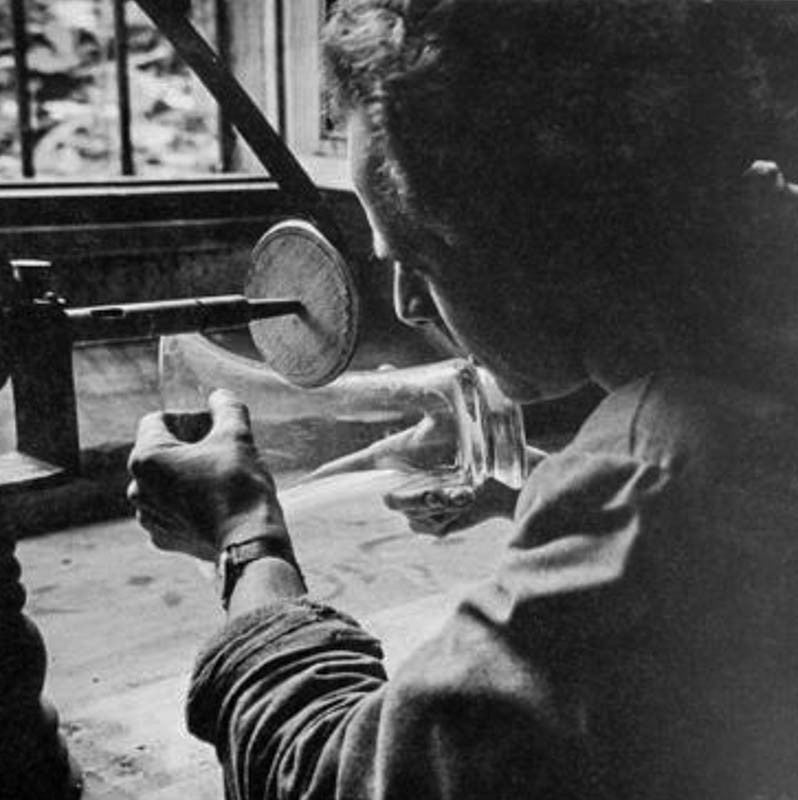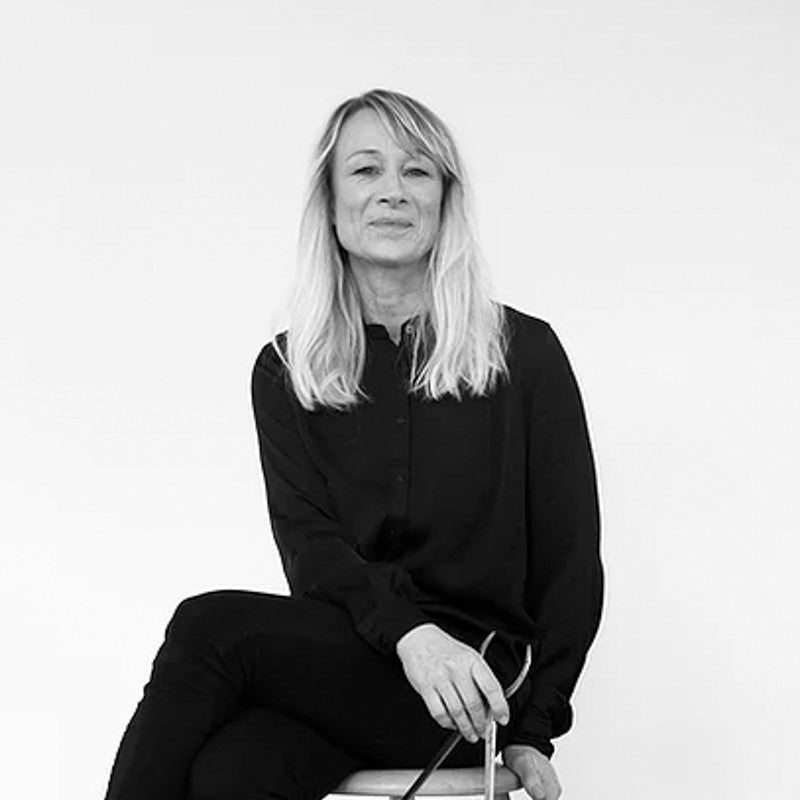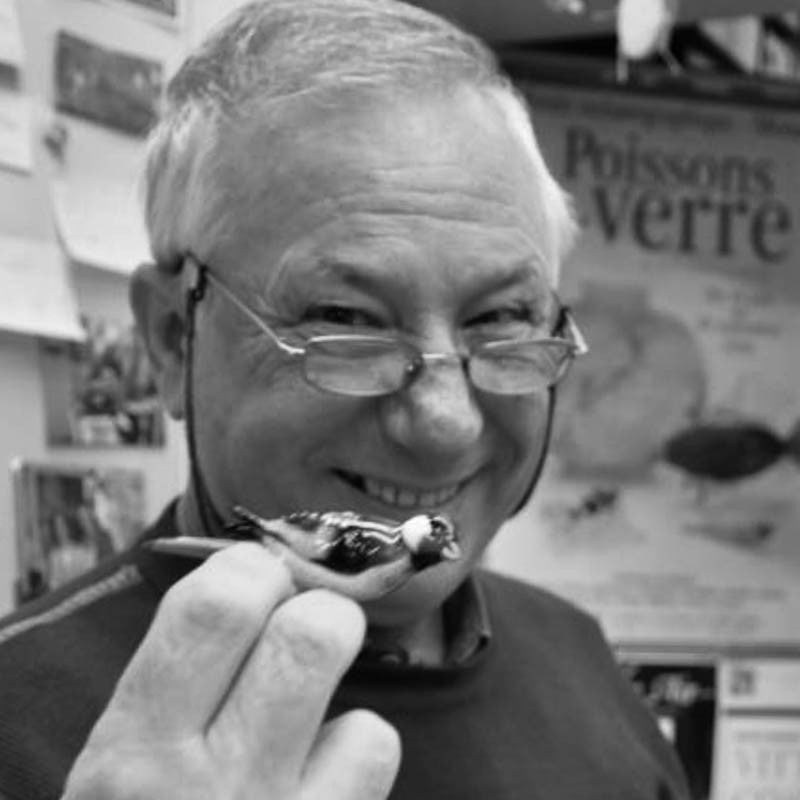Work nourished by emotion and imagination likewise triumphed over formal theory among a few glass designers active in Milan itself.
Erwin Burger, the cutter and engraver long employed by Fontana Arte, quit the firm in 1945 and went to work his own.
Founded Upon what he had produced in the 1930s after designs for vessels by Pietro Chiesa and for sculptural pieces by Giacomo Manzù his work acquired an increasingly original flavor. Clearly inspired by Aristide Colotte’s engraved pieces of the 1930’s, his random blocks of cullet transmuted themselves into ambivalent structures that combine human and animal forms and can be fully understood only when viewed from several angles.
The artist did not, on his own admission, intend any profound psychological statements; all that manifested itself enthuse pieces was his own close affinity with the animal world.
Comparison of one of Burger’s masterpieces, the wildly spirited horse head of 1051, with its rather decoratively stylized forerunner of 1934, clearly reveals an element of continuity on the one hand and, on the other, an immense accretion of expressivity attributable to the mood of the time.
These continue line dating from prewar days , but reinforce their organic momentum such that they look almost furnace-crafted.

"Il principe e il rospo" sculpture. Erwin Burger, Milan. 1952. H 8,9 cm, w 18,8 cm

Hear of a young woman. Ewin Burgeer, Milan. H 8,9 cm, w 7,7 cm
Credits to: Italian Glass Murano-Milan 1930-1970
Pictures by: Horst Kolberg
Prestel-Verlag editions - ISBN 3-7913-1736-9
ISBN-13: 3791317369
/blogs/unfold-venice/italian-gl...




Dejar un comentario
Todos los comentarios se revisan antes de su publicación.
Este sitio está protegido por hCaptcha y se aplican la Política de privacidad de hCaptcha y los Términos del servicio.